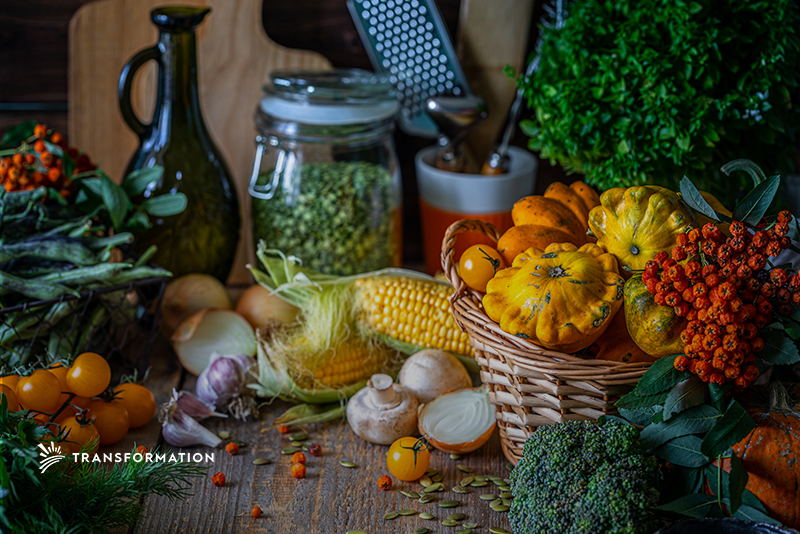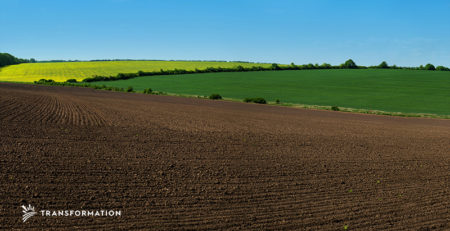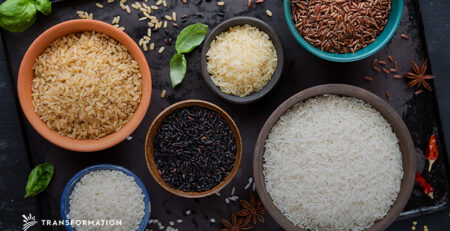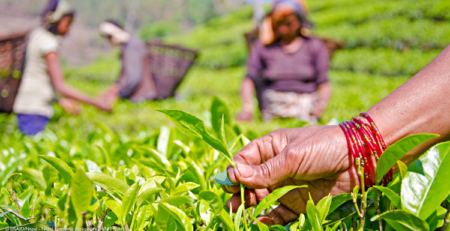The Three Sisters: A Lesson in Sustainable Agriculture
For centuries, different Indigenous nations in the Americas have grown The Three Sisters, an intercropping agricultural system of corn, bean, and squash in mounds. Intercropping is a term to describe the growing of two or more crops in the same space in a system beneficial for environmental and nutritional health.
The Three Sisters are extremely complimentary nutritionally and agriculturally. This intercropping system also has unparalleled cultural and spiritual significance in the northeastern region of North America. For the Haudenosaunee people, corn, bean, and squash consistently play a central role in ceremonies and oral texts and maintain a rich history.
Sustainable Agriculture
The Three Sisters have upheld sustainable agricultural practices centuries before unsustainable growing systems necessitated a definition of sustainable practices. Sustainable agriculture seeks to protect the environment, support soil health, and advance a collective natural resource base. Sustainable agriculture aims to:
- Encourage environmental stewardship
- Increase quality of life for communities
- Increase food and fiber production
Agricultural Indigenous communities in the northeastern USA and southern Canada centered their diets around the ingenious intercropping system of corn, bean, and squash. For example, studies on the Wendat people show that their diets consisted of roughly 65% corn, 15% beans, squash, and pumpkins, 10-15% fish, and 5% meat. Simply put, about 80% of the diet was based on The Three Sisters. The highly nutritious and high-yielding Three Sisters uphold all these tenets, as evidenced by their role in supporting a robust Native population before settler-colonization.
How Are The Three Sisters Sustainable?
Corn, beans, and squash all have crucial roles in The Three Sisters annual intercropping system. Each plant supports the growth of another and results in higher yields than if each plant was grown alone.
Environmental Stewardship
The corn is planted first, and as it matures, this plant provides a sturdy vertical structure similar to a trellis for the beans to climb. Next, the beans are planted around the corn. Beans add nitrogen to the soil (without fertilizers) with nitrogen-fixing rhizobia bacteria that live on the beans’ roots. Finally, the squash is planted around the corn and beans. The squash develops large leaves low to the ground, which suppresses weeds and supports soil water retention. The Three Sisters support growth without requiring fertilizers, pesticides, equipment, or intense irrigation.
Increased Quality of Life
The Three Sisters support community health and quality of life by thoroughly meeting dietary and nutritional needs. All three vegetables are high in fiber and together, provide a range of minerals and vitamins for the human diet, including vitamins A, B1, B2, B3, B5, B6, B9, C, and E, calcium, phosphorus, magnesium, sodium, potassium, sulfur, iron, manganese, copper, zinc and selenium. Furthermore, the use of nixtamalization, by cooking maize in an alkaline solution of lime and ash, successfully enhances corn protein quality.
Increased Food Production
Furthermore, The Three Sisters increases food production of corn, bean, and squash. According to a study on The Three Sisters by Cornell University, the intercropping system yields higher protein (349 kilograms per hectare) and produces more energy (12.25 × 106 kilocalories per hectare) than any crop monocultures planted in the same range as The Three Sisters.
Conclusions
Impact investors seeking to support sustainable agriculture need to look no further than traditional Indigenous growing systems. The Three Sisters composed the majority of the diets of agricultural peoples in the northeastern region of North America for centuries and supported a growing population until the devastating impacts of settler-colonialism. Investors can support critical environmental and human health goals by supporting Indigenous-led efforts to revitalize sustainable agriculture systems such as The Three Sisters.





Leave a Reply